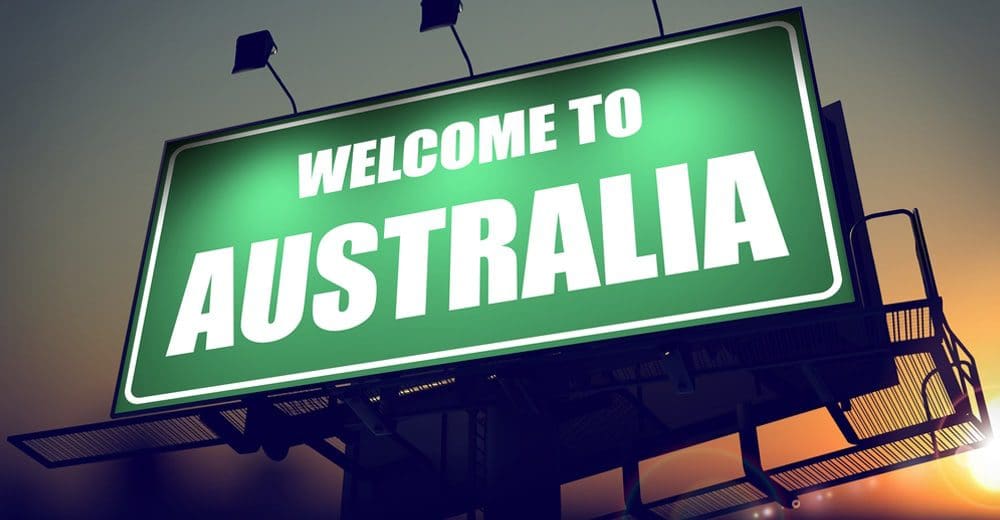Air travel to, from and around Australia is rapidly increasing as more travellers add the land Down Under to their bucket list.
According to the latest Tourism Australia statistics, over the last 20 years international aviation capacity to Australia has increased from 7.7 million in 1993 to around 21 million in 2013.
By 2020, the tourism bureau is hoping to increase overnight tourism expenditure in Australia from $69 billion in 2009 to between $115 billion and $140 billion – this will mean even more international and domestic travellers passing through Australian airports.
But with additional arrivals comes the question, how will our airports handle with extra foot and air traffic?
We take a look at ongoing and upcoming changes at some of our gateways.
Melbourne Airport
Melbourne is undergoing a complete $10 billion transformation.
Pretty much everything in the airport will be expanded or redeveloped to handle extra capacity. We mean everything – from roads leading to the gateway, carparks, self service check ins and terminal expansions.
Late last year, the airport become the world’s first to install 28 new self-service kiosks and 12 automated bag drop facilities in the international terminal.
It is the first full self-service solution for passengers at an international airport means the check-in process is now streamlined, reducing queuing times. It also means staff are able to focus on people who need assistance.
Trials of the new kiosks are currently underway are expected to be completed in early 2015.
The airport also opened its expanded Terminal 2 over the holidays.
The project has expanded the processing area for border agencies, installed additional entry points to the processing area to reduce queueing times, increased capacity of the outbound baggage system and installed additional seating.
New welcoming signage showcasing Victorian tourist destinations has also been installed.
Meanwhile over at Terminal 4, the airport is increasing capacity by introducing a new domestic terminal.
Once complete, the new space will be able to handle the growing number of low-cost carriers flying to Melbourne.
It will also have retail shops for travellers to browse through while they wait.
Brisbane Airport
Queensland’s major gateway recently received approval for what has been dubbed Australia’s biggest aviation project.
It’s a $4 billion development to add and redevelopment the airport’s infrastructure and make it as large as some of the world’s most popular gateways.
Plans will take 20-years to complete, but will see the airport receive a parallel runway, a regional satellite facility, upgrades to domestic and international terminal facilities and improvements to its transport networks.
According to an airport spokesperson, changes are designed to help the gateway welcome 49 million passengers a year by 2034.
She expects that by the time work is complete, Brisbane Airport will be as big as popular Singapore and Hong Kong airports.
“We see the addition of a mass transit system, having a high-frequency connection between the international and domestic terminals, as well as our new parallel runway.”
Brisbane Airport spokesperson
Hobart Airport

It may be one of Australia’s smaller states, but Tasmania is on a mission to draw in more tourists over the next decade.
To handle growth, the state is planning to release a 20-year vision for Hobart International Airport that will see the gateway fitted with additional retail trade, hospitality, commercial businesses, freight and more.
The airport will release the draft Hobart Airport 2015 Master Plan for public consultation shortly after April.
But travellers can expect to see a pitch for a $38 million runway extension, which was promised to the airport by the Federal Government.
According to News.com.au, the runway extension would help facilitate regular flights from Tasmania to Antarctica – a fast growing tourism destination.
A Hobart International Airport spokesperson said Hobart Airport plays a key role in growing Tasmania’s tourism, economy and community.
“The Master Plan will outline the infrastructure requirements to meet aviation demand over the next five and 20 year periods.”
Hobart International Airport spokesperson
Sydney Airport

Sydney Airport’s master plan is well underway and when complete will ensure the airport is capable of handling 74.3 million international, domestic and regional passengers by 2033. This is an increase from 36.9 million handled in 2012.
The development concept for Sydney Airport not only improves the passenger experience but optimises the efficiency of the airport, maximises capacity and establishes the strategic direction of the airport.
Changes will include creating integrated terminals for international, domestic and regional passenger operations; well located transport interchanges so guests can access multiple transport options; and improvements to roads and transport to and from the airport;
Additionally, the plan will increase airfield and terminal capacity for larger aircraft such as the popular A380.
Meanwhile, the duty-free section at Sydney Airport’s Terminal 1 will be renovated so the snake channel is replaced with a wide pathway leading from the department stores to airport lounges and departure gates.
Duty-free options will remain on either side of the path, however, a new ‘orientation zone’ and pathway signposted will be added to give travellers a clearer understanding of how to get around the terminal.

